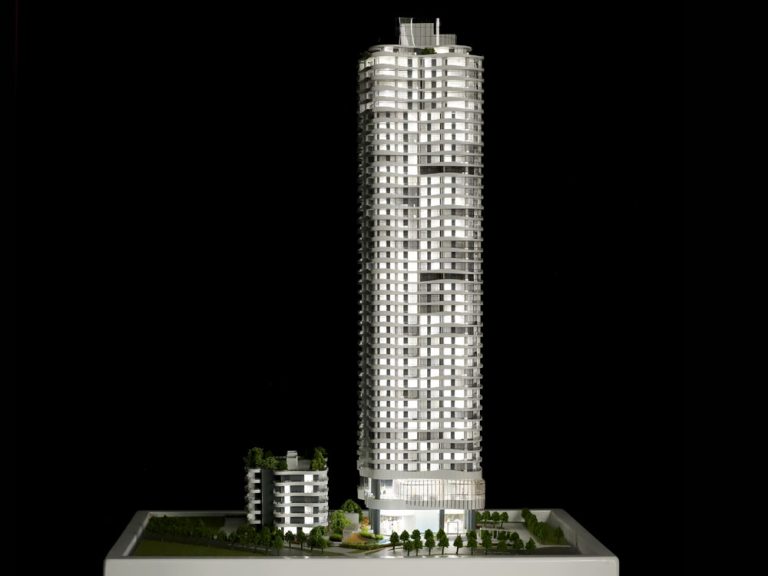Architectural model making plays a crucial role in preserving our cultural heritage and historical landmarks. Custom architectural model services offer a unique way to recreate lost or endangered structures, providing tangible representations of our past for future generations. These intricate models not only serve as educational tools but also help architects, historians, and conservationists in their efforts to protect and restore important buildings. As architectural modeling services continue to evolve, they combine traditional craftsmanship with cutting-edge technology to produce highly accurate and detailed replicas of historical structures.
Table of contents:
Recreating Lost Landmarks with Historically Accurate Architecture Models
The Role of Model Making in Museum Exhibitions of Architectural Heritage
Using Architectural Models to Visualize Restoration Projects
Combining Traditional Craftsmanship with Modern Techniques in Historical Model Making
Recreating Lost Landmarks with Historically Accurate Architecture Models
Architectural model makers specializing in historical recreations face the challenge of bringing long-lost structures back to life. These skilled artisans rely on extensive research, archival materials, and advanced technologies to create precise replicas of buildings that no longer exist. Custom architectural model services play a vital role in this process, offering tailored solutions for each unique project. By utilizing a combination of traditional techniques and modern tools, architectural modeling services can produce highly detailed models that capture the essence of lost landmarks. These models serve as invaluable resources for historians, archaeologists, and educators, providing a tangible link to the past and helping to preserve our cultural heritage for future generations.
The Role of Model Making in Museum Exhibitions of Architectural Heritage
Museums around the world rely on architectural model makers to create stunning displays that showcase important historical structures. These custom architectural model services provide visitors with a three-dimensional experience of buildings they might never have the opportunity to see in person. Architectural modeling services work closely with curators and historians to ensure the accuracy and authenticity of each model, paying meticulous attention to details such as scale, materials, and historical context. These models can incorporate interactive elements, such as touchscreens providing historical context, augmented reality features overlaying digital information, or even miniature components that visitors can manipulate. Coupled with cutting-edge display technologies like projection mapping or integrated lighting, these meticulously crafted representations transcend static exhibits. They transform into powerful educational tools that deeply engage visitors, allowing them to experience and understand history in a dynamic and memorable way, truly bringing the past to life.
Using Architectural Models to Visualize Restoration Projects
When it comes to restoring historical buildings, architectural model makers play a crucial role in the planning and execution process. Custom architectural model services provide conservationists and architects with detailed, scaled representations of the structures they aim to restore. These models allow teams to visualize potential challenges, test different restoration approaches, and make informed decisions about the best course of action. Architectural modeling services can create both “before” and “after” models, helping stakeholders understand the scope of the restoration project and its potential impact on the surrounding environment. By utilizing these models, restoration teams can ensure that their efforts remain true to the original architectural vision while addressing modern safety and accessibility requirements.
Combining Traditional Craftsmanship with Modern Techniques in Historical Model Making
The field of historical architectural model making has evolved significantly in recent years, blending time-honored techniques with cutting-edge technologies. Today’s architectural model makers employ a wide range of tools and materials to create highly accurate representations of historical structures. Custom architectural model services often utilize 3D printing, laser cutting, and computer-aided design (CAD) software alongside traditional hand-crafting methods. This fusion of old and new allows for unprecedented levels of detail and precision in architectural modeling services. By embracing these advancements, model makers can produce historically accurate replicas that not only capture the physical appearance of a building but also convey its cultural significance and architectural nuances.
The preservation of historical and cultural landmarks through architectural model making is an essential aspect of maintaining our collective heritage. Custom architectural model services offer a unique and powerful way to recreate, study, and celebrate important structures from the past. As architectural modeling services continue to advance, combining traditional craftsmanship with modern technologies, the resulting models become increasingly valuable tools for education, restoration, and cultural preservation. By working closely with historians, conservationists, and museums, architectural model makers play a crucial role in ensuring that future generations can experience and appreciate the architectural marvels of the past, even when the original structures no longer exist or are inaccessible.

